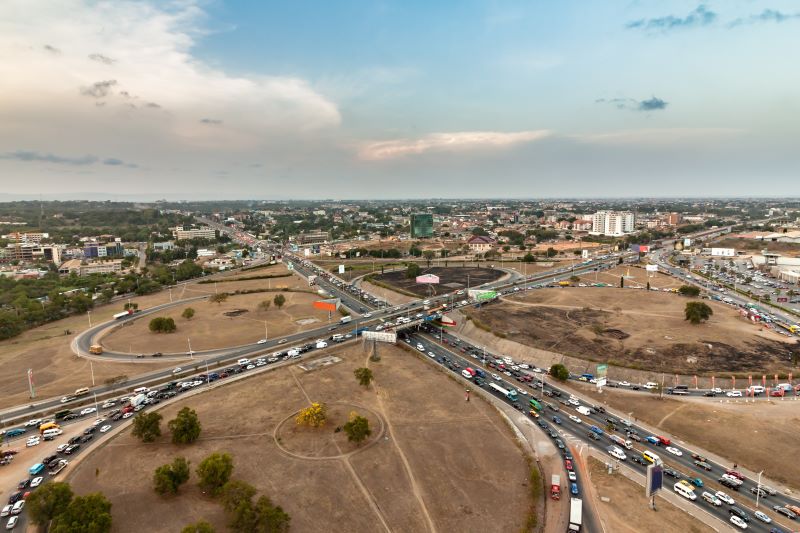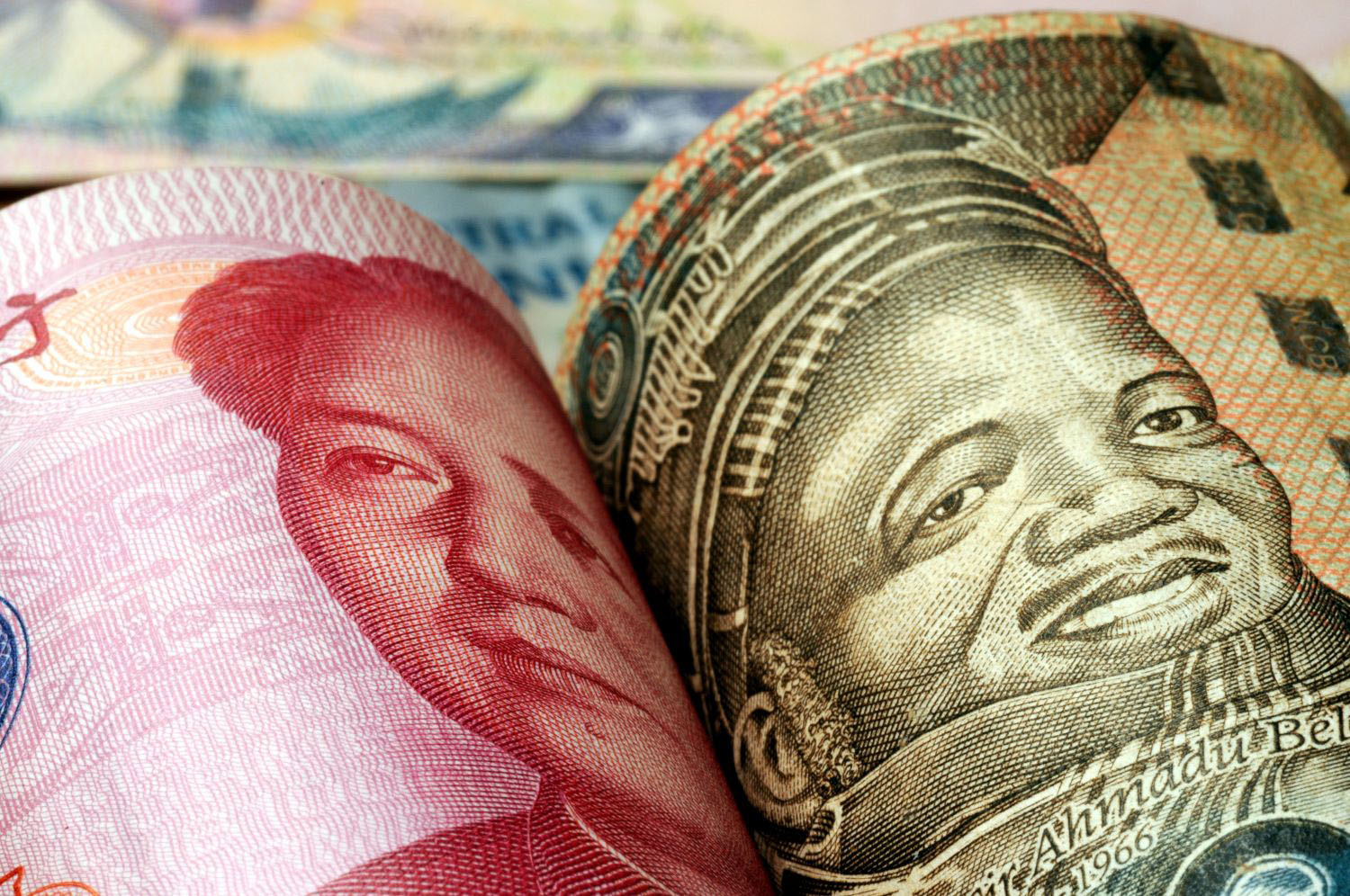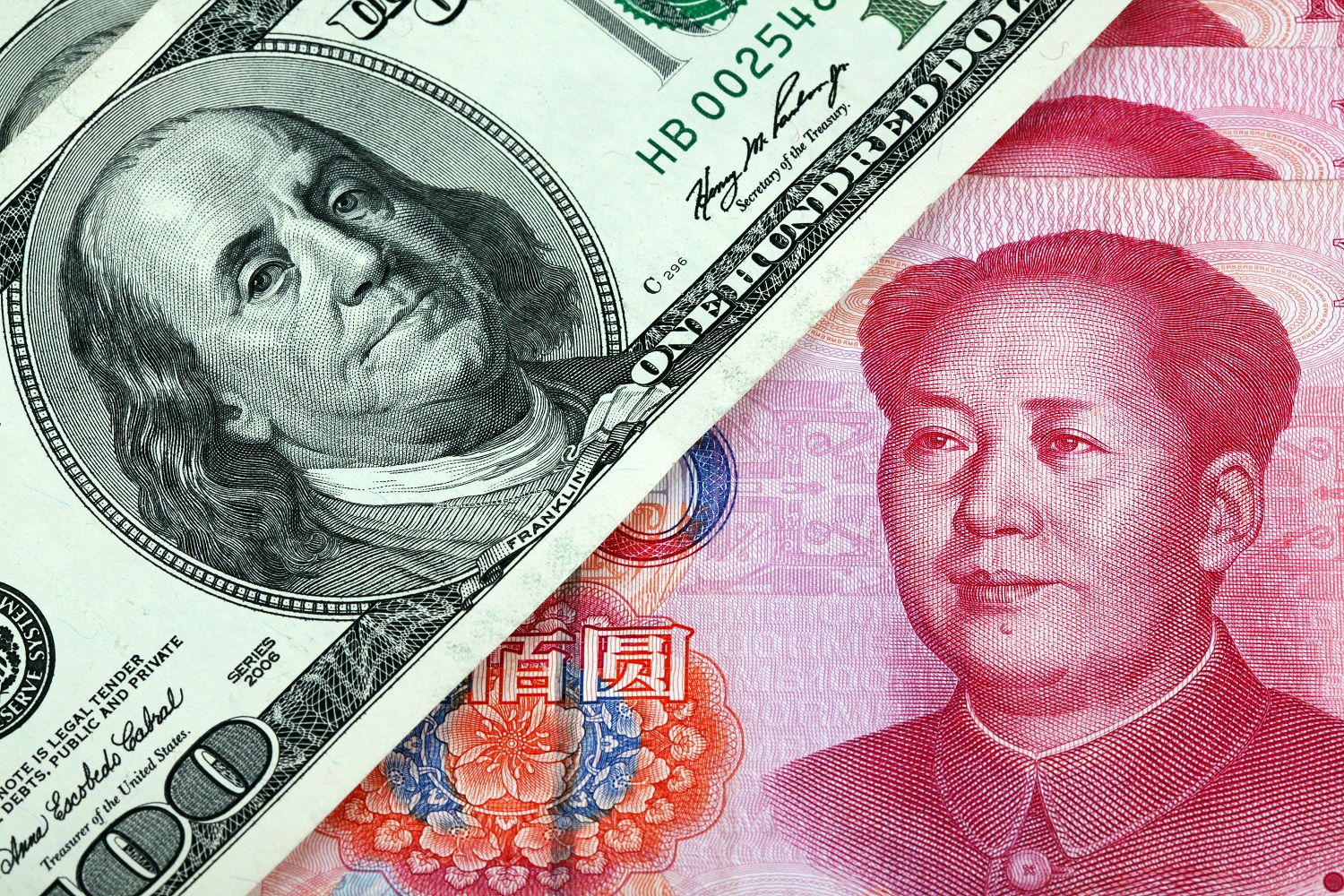Recommended
China’s emergence as the creditor of choice for lower- and middle-income countries priced out of capital markets or deemed too risky by other lenders has delivered a clear development benefit to these countries. So expansive was China’s reach that the relevance of other bilateral creditors, like the Paris Club, has diminished in recent events of sovereign default. China’s perceived appetite for emerging and frontier market risks (while significantly tempered today) drove an infrastructure building campaign that has delivered everything from high speed rail in Laos to a standard gauge rail in Kenya. As the G20 gathers in India, the question of debt relief—specifically, which lenders should take a “haircut” by writing off some of what is due to them—is causing tensions between China and other creditors.
China’s lending footprint
According to AidData, “the number of ‘mega-projects’—financed with loans worth $500 million or more—being approved each year tripled during the first five years of [China’s Belt and Road Initiative, or BRI] implementation.” Boston University’s Global Development Policy Center estimates that China’s lending between 2008 and 2021 amounted to almost half a trillion dollars ($462 billion), only $5 billion below the quantum of loans extended by the World Bank over the same period. A 2018 World Bank survey of 70 BRI projects across all sectors estimated the cost to be about $575 billion. The World Bank concluded that if completed, the projects “could reduce travel times along economic corridors by 12%, increase trade between 2.7% and 9.7%, increase income by up to 3.4% and lift 7.6 million people from extreme poverty.”
There is no denying the actual and potential benefits of China’s infrastructure building program. Europe and America’s struggles to launch a competitor to the BRI only demonstrate China’s feat. It is in the interest of development for China to remain a player in financing infrastructure across developing countries.
China’s massive portfolio of loans has understandably moved it front and center in the discussions around debt distress triggered by both COVID and Russia’s invasion of Ukraine. But China’s dominance in bilateral lending occurs within the context of great power competition and geoeconomic fragmentation, and it’s possible that some of the rhetoric about China’s supposed “stalling” of debt negotiations is driven by reasons that aren’t amicable. Maybe neither India nor the United States is the suitable interlocutor at this moment—especially since, by tradition, China prefers to negotiate bilaterally and on a case-by-case basis. China therefore deserves credit for signing up as co-chair of Zambia’s Creditor Committee. It has been a steep learning curve for Chinese policymakers and financial institutions who are, for the first time, participating in multilateral debt restructuring talks.
Who should accept a haircut?
China’s outsized exposure, if not in individual countries but in its aggregate portfolio, leaves it wary of setting a precedent in one country that cuts across its entire portfolio. China has repeatedly called for “multilateral financial institutions and commercial creditors, to ‘participate in the debt relief efforts’," —shorthand for writing down some of their debt. People close to the talks have revealed two sticking points for China related to the proportion of the “haircut” burden that falls to bilateral and private creditors. China’s position, however, however has been rejected out of hand, at least by India, and by the out-going World Bank president, who accuses China of “asking lots of questions in the creditors committees,” causing delays in the restructuring process.
Whether China’s “questions” are a negotiating ploy to get a better counterproposal than what is currently on the table or its true conditions for full participation, it is difficult to imagine how one accommodates those demands without unraveling the entire multilateral development lending model, at exactly the moment when there is a consensus on the need for reforms to create a bigger and better World Bank.
China is apparently demanding that (1) foreign holders of domestic debt (in debt- distressed countries) and (2) multilateral development banks (whose exposure is sometimes larger than China’s in individual countries) absorb some of the losses that come with debt restructuring. China contends that the existing debt resolution framework, which either limits or exempts these two actors from sharing in the haircut, inordinately burdens other creditors, including China.
These demands are non-starters for a number of reasons. First, developing and deepening capital markets in low-and-middle-income countries is a goal of the international development establishment, which wants developing countries to tap domestic capital markets for capital programs. Just as importantly, the ability of developing countries to issue debt in domestic currency limits their exposure to capital flight and interest rate hikes in developed markets in times of economic upheaval. We saw this play out in the early days of the COVID pandemic, when capital fled emerging markets, forcing those countries to “[absorb] the most potent economic shocks of the coronavirus outbreak.” With such shallow capital markets, the debt restructure architecture attempts to protect domestic creditors as much as possible to prevent the risk of a collapse of those markets. A significant number of investors holding domestic debt in places like Zambia and Ghana are local banks and pension funds, many of which lack the capital adequacy to absorb the haircuts of more established players. Acceding to China’s proposal would effectively create two classes of domestic debt holders, with a possible chilling effect on external purchase of domestic debt and setting back development efforts aimed at deepening domestic capital markets.
Even more of a sticking point is China’s contention that MDBs should eat some losses—a position that appears to relitigate the Preferred Creditor Status (PCS) of multilateral lenders (As explained in an IDB paper, “Preferred Creditor Status refers to the fact that sovereign borrowers typically continue to service their loans from MDBs even in the unlikely event that they default on other claims. This confers on the loans of MDBs a type of de facto seniority.”) It’s easy to understand why MDBs would object to revisiting their PCS status. Ratings agencies use PCS in evaluating the capital adequacy at MDBs and thus award high ratings which allows these banks to borrow at cheaper rates from capital markets and onward lend to developing countries. In fact, a G20 report is urging MDBS to leverage their PCS status and “relax their strict aversion to risk and ease capital requirements without losing their high credit ratings.” However debt restructuring unfolds, it should be careful to preserve the PCS of MDBs.
As my colleague Nancy Lee writes, multilateral lenders are different from commercial banks, for whom “regulators set rules for leverage and risk management and oversee compliance. MDBs are subject to neither the profit maximization goal nor regulators.” This means credit rating agencies play a big role in how they are governed and the amount of capital they must hold on their books to preserve suitable capital adequacy ratios. If MDBs were to lose their PCS status, it would immediately change how ratings agencies see them, inevitably increasing their cost of borrowing and reducing their usefulness to developing countries. Most importantly, as poverty becomes progressively concentrated in fragile states, MDBs’ capital adequacy ratios will have to account for the inherent risk of the portfolio including very poor and fragile states. The World Bank could be forced to respond in one of two ways: it could shift its portfolio disproportionately to “safe countries” and reduce exposure in the countries that desperately need cheap financing; or it could have to keep ever-larger amounts on the books to cover possible default among its poorest debtors—forgoing lending to address infrastructure deficit, climate change, or pandemic response and preparedness.
The customs and traditions around sovereign debt restructuring are not new, and at their core seek to bring debt within sustainable levels for affected states. Keeping MDBs solvent and active is an unspoken but undisputed objective. China’s state-owned policy banks, which have been active in the bilateral lending space, are instruments of Chinese policy, unlike MDBs, which are organized purely to help poorer countries. There is thus no setting in which the two groups of entities would receive the same treatment in the event of default.
In an alternate scenario—where policy banks’ creditors had repaid their loans without needing assistance—there is no reason to think that China or any other bilateral lender would have sought to socialize those benefits. Policy banks are multipliers of government policy both domestically and internationally. International loans extended by a policy bank—be it India EXIM, China EXIM, or US EXIM—are used to gain market access and capture market share for goods and services of that country’s firms. China’s EPC + F (engineering, procurement, construction plus financing) model, driven by its policy banks, has resulted in Chinese construction firms dominating external markets at the expense of their European and other Asian counterparts. In 2020, an industry group, European International Contractors met in Berlin to devise a response to China’s dominance of the African construction market, where Chinese firms had captured 62 percent of the market in 2018. Policy lending facilitated this market entry and capture. None of these loans are subject to open tenders. A condition of policy bank lending is that the supplier of that good or service be a national of the bank’s country. So there are two motives to policy bank lending—pecuniary and global influence building. World Bank and other multilateral loans are not attached to the policy of any single country—their contracts are open to firms from all over the world and Chinese firms have benefited greatly from this.
It therefore strains credulity that policy banks and their multilateral counterparts will be treated on par during debt restructuring negotiations. Ultimately, any restructuring effort that threatens the Preferred Creditor Status of MDBs would be a Pyrrhic victory—it would ensure China’s participation while undermining the MDB model long term. The “victory” itself would be significantly constrained because once debtor countries get a deal with China, they will now have to engage private creditors with the same deal. China has been an important bilateral lender and champion for developing countries; it is hard to imagine that China wants a long-term impact that undermines the MDB system.
Bringing African voices to the table
It is my hope that other voices, whether through private diplomacy or public engagement, join the conversation. I have previously argued that Africa, mainly through the African Union, can increase its voice in global governance by taking on the mantle of “guardian of multilateralism.” There could not be an easier launching point for such a role. A third way is possible here—an arrangement that allows for some MDB loans (preferably from their concessional windows) to be written down, thereby providing an off-ramp for China without threatening the MDB system. The African Union can be the champion of such an arrangement, especially since rivals and competitors in a great power competition with China are not the most credible messengers here. As a recent Chatham House blog put it, “China did not cause African debt distress in most cases, but it is key to finding a solution.”
Disclaimer
CGD blog posts reflect the views of the authors, drawing on prior research and experience in their areas of expertise. CGD is a nonpartisan, independent organization and does not take institutional positions.
Image credit for social media/web: Adobe Stock






